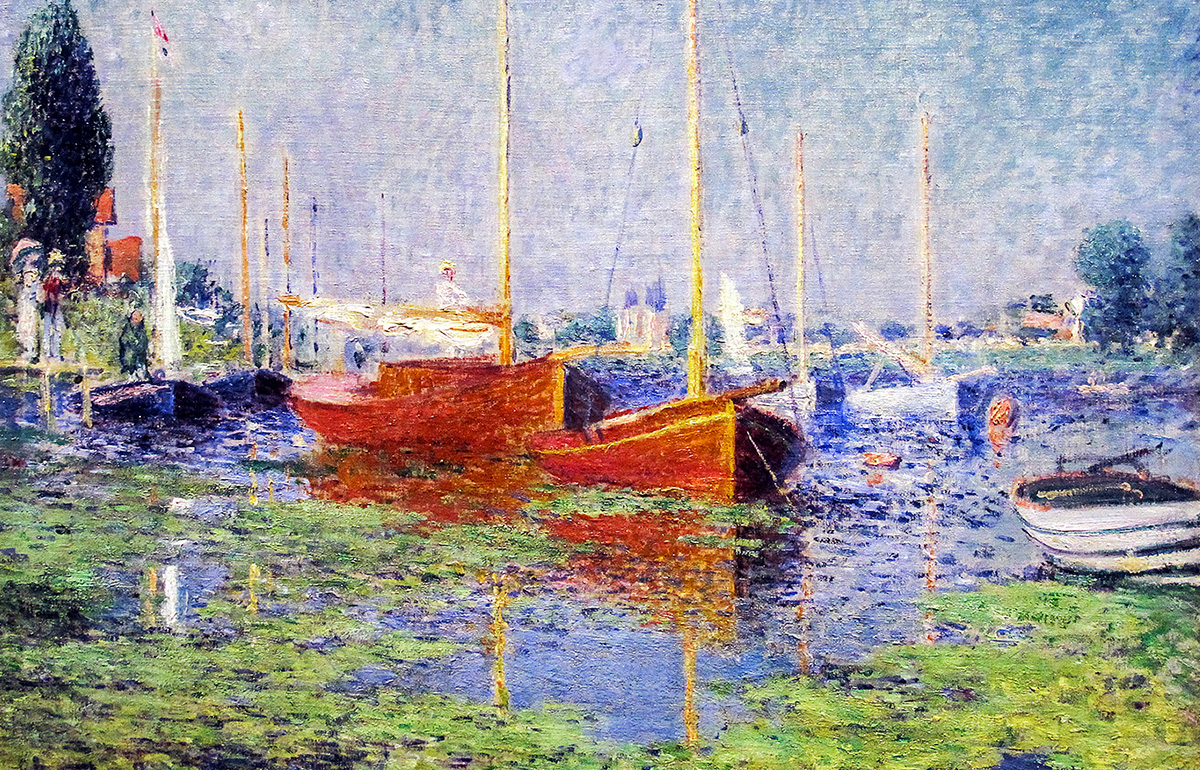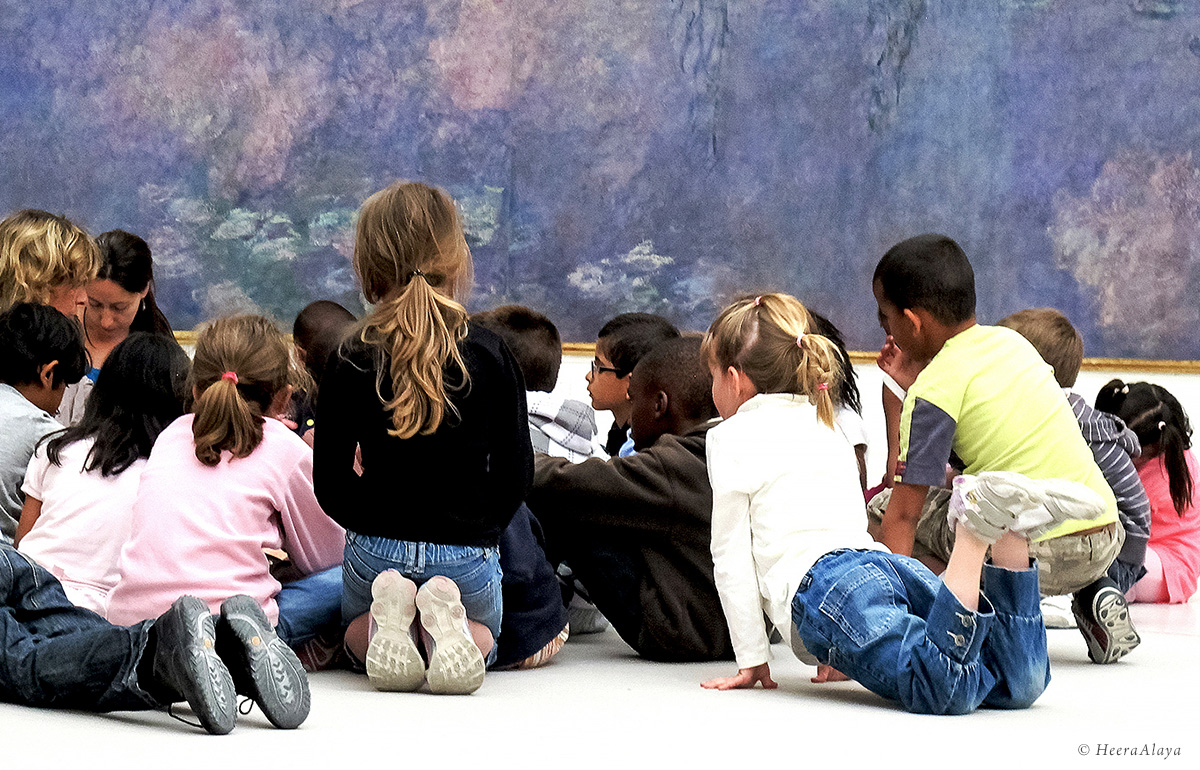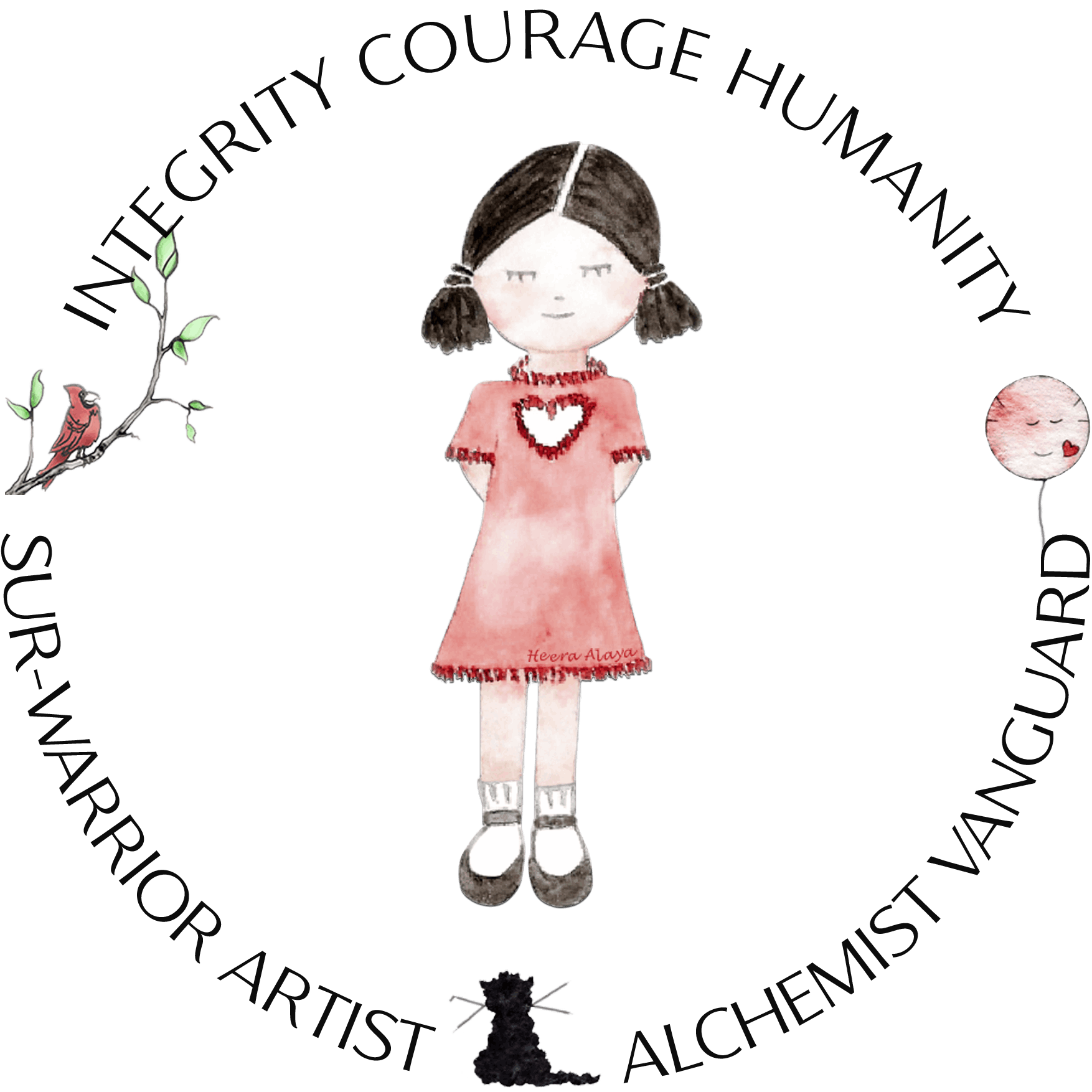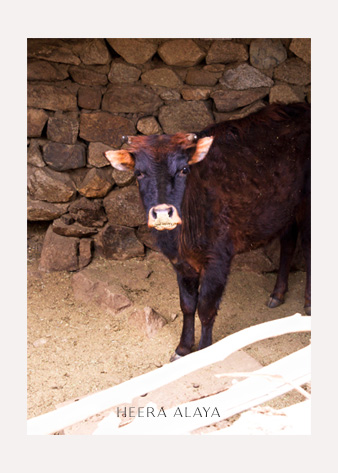
SLOW
MASTERMINDS
layered richness
By Heera Alaya
March 8th, 2016
It would be fair to credit Musée de l’Orangerie, an art gallery of impressionist and post-impressionist paintings in Paris [the capital of France, Europe], with my almost instant interest in impressionist painters Claude Monet. As I marvelled at the museum architecture, the light from the vestibule directed me to the serenity of the oval white cocoon prominently showcasing Les Nymphéas, the Water Lilies series by Claude Monet.
The Water Lilies series educates us on the collaboration of art and science. The art is visible through the play of light and shade, bold strokes and blending techniques, and science is evident through Claude Monet’s study of nature—balance, proportion and harmony. Each element is masterfully integrated into his paintings. This layered richness of experiencing the labour of love and creativity transformed me from a mere visitor to museums to one who has developed a newfound appreciation for select painters.

I also learned of Monet’s foresight—he was particular about installation guidelines, scale, and presentation and was sure of the aesthetics in which his work would be best received. And rightly so—it’s this knowledge and execution that draws people from the world over to visit the Musée de l’Orangerie. Equally important, the Musée de l’Orangerie provides an environment of cultural richness for children to learn. One of my favourite moments in the museum is when elementary school children are enraptured with their teacher’s storytelling. These children are fortunate—a system that values culture makes art, science and history accessible to the young developing mind. As a result of being exposed to multiple forms of richness, children naturally develop an innate sense of creativity and individualism.





